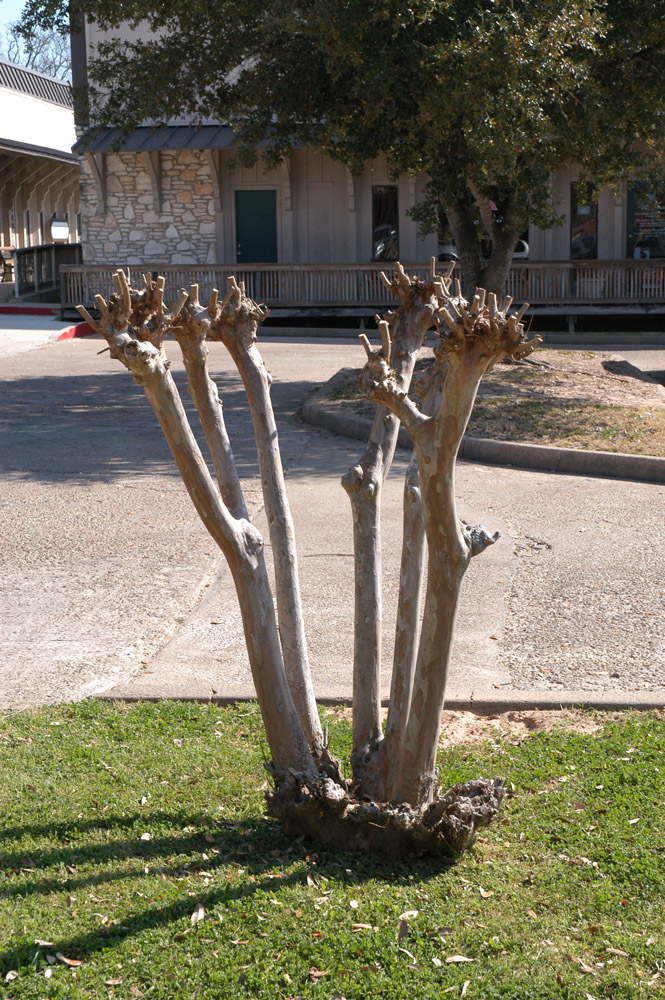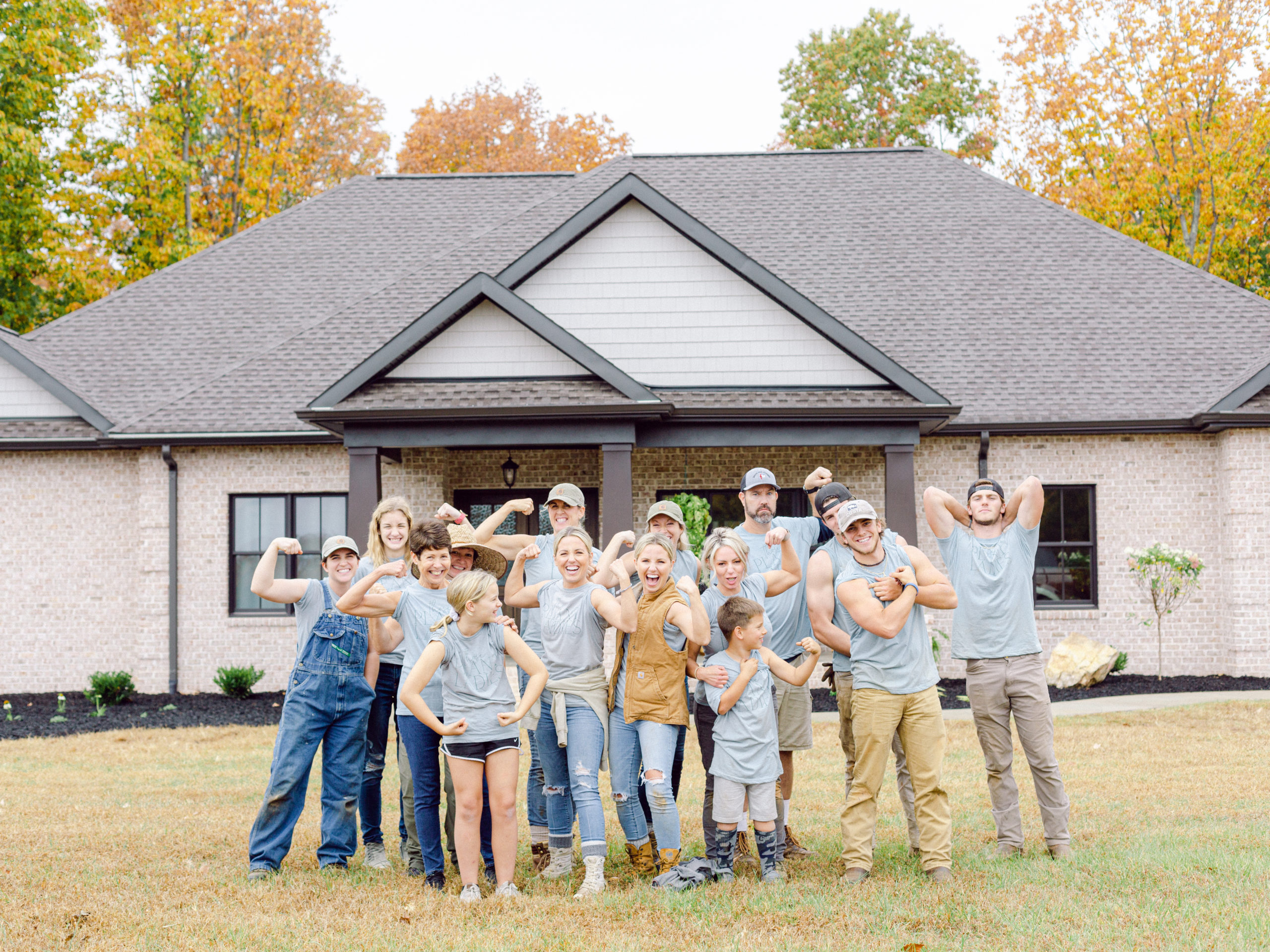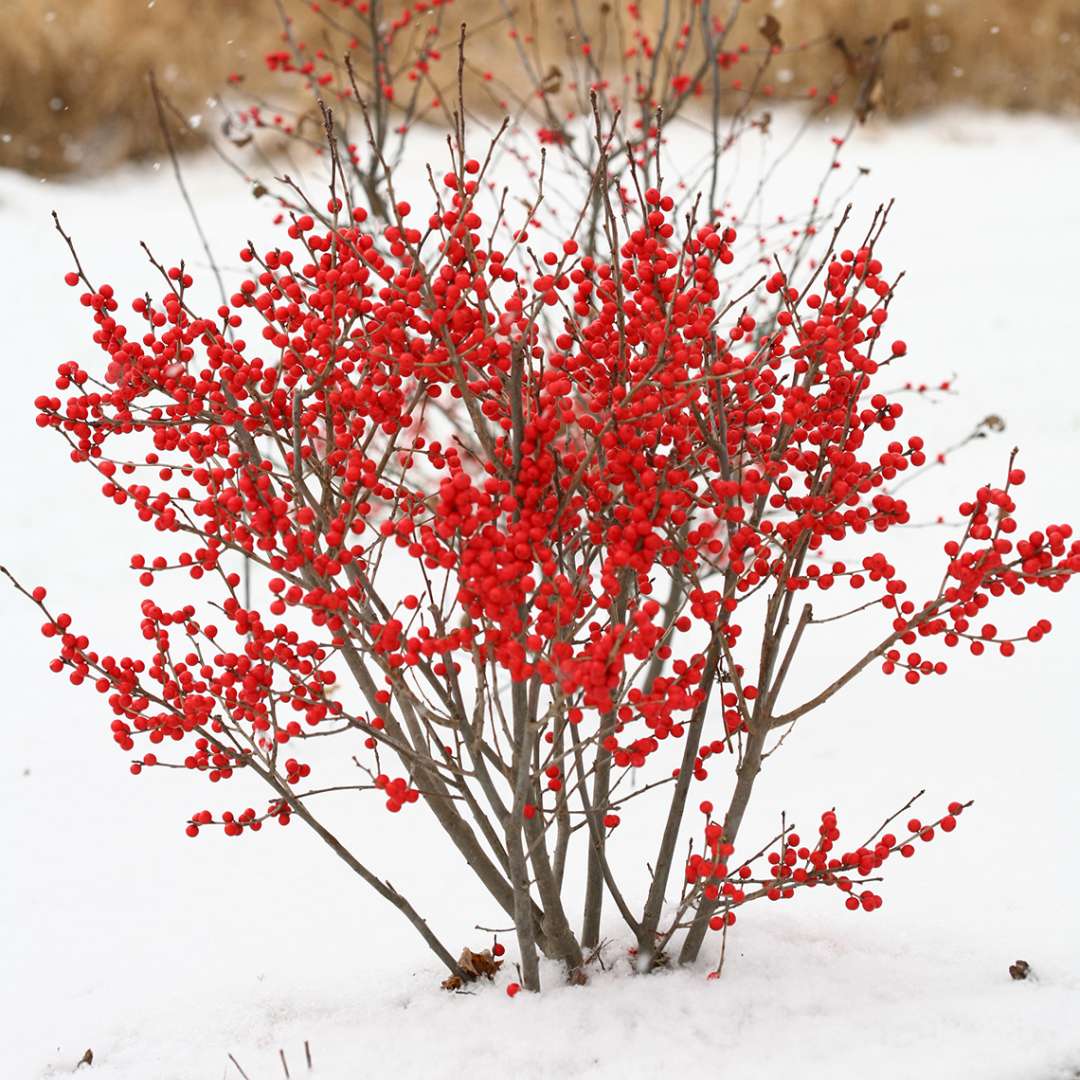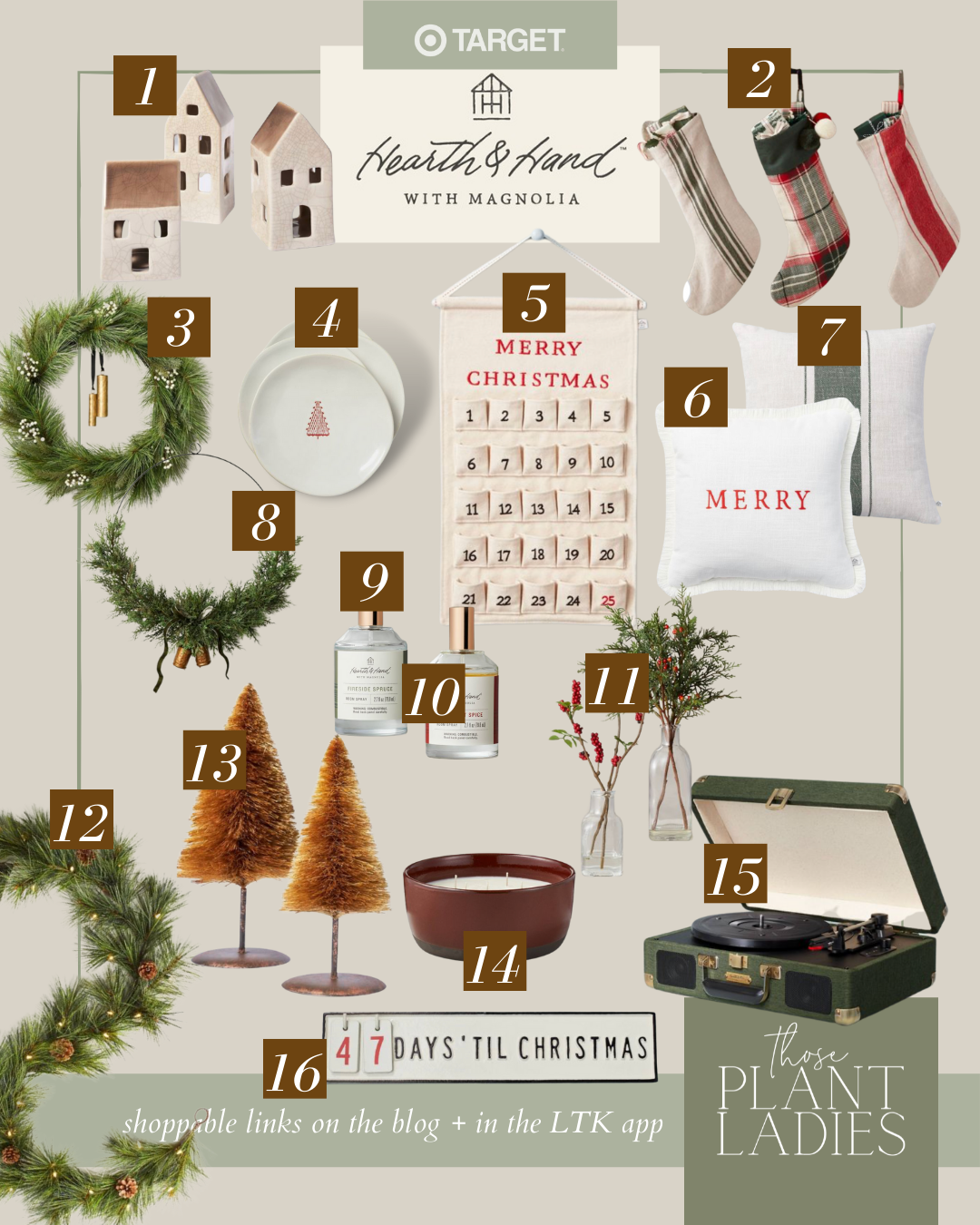There are very few landscape plants that are as essential and traditional to the southern landscape as the crape myrtle. You will find them in practically every yard, parking lot, street median, and everywhere in between.

It feels like the south has never known a time in history without this iconic tree but it is actually native to China and was introduced to the southern US in the late 1700s. Crape myrtles are arguably the most popular flowering tree in the southern region of the United States because of their graceful architecture, tolerance of heat, drought, and poor soil, abundant blooms, and unique exfoliating bark. They are quite pest and disease resistant, though some issues are becoming more prevalent in recent years. There really are so many things to love about these trees – it’s why we see them planted so much! They can survive in the parking lot, in your front yard, your back yard, full sun, partial shade – you name it and the crape myrtle will probably survive it.
As widespread as the crape myrtle is in the southern landscape, the practice of crape murder is equally as rampant! You know what we’re talking about. You’ve seen it and know it well. That practice of chopping the top straight off of your crape myrtles! Another term to use is “topping” your crape myrtles. We’ve seen too much of it and it must be stopped!

Crape myrtles produce their stunning blooms on the new growth produced by the plant each year. This is one of the main reasons that landscapers and arborists commit the heinous crime of crape murder. They believe that by removing old wood so that only the new growth is present, the canopy of the tree will have a higher percentage of flowers among the leaves. Maybe this is true but it doesn’t make it right. Another common reason for crape murder includes reducing the height or overall size of the plant. With any other plants, “topping”, or removal of the top portions of the entire plant, is strongly discouraged and only used as an extreme measure to remove major disease or dramatically reduce plant height. So why in the world are we doing this to one of the most beautiful plants in the landscape every year or two? Just because it can tolerate the wounding and grow back? Let’s step up our game and treat these plants better.
Why is “crape murder” such a high crime?
Deformed and Scarred Trunks – Pruning cuts leave permanent scars on the trunks of these plants. If you look at the trunks of crape myrtles that are regularly topped, you will see swellings and deformations where these cuts have been made in the past.
Production of Weak Adventitious Shoots – These trees will never regrow from the cut surface but will produce an abundance of adventitious (additional) shoots around the pruning cut. These smaller shoots are weak and, if left to grow to larger sizes, are prone to breaking from the main trunk due to weak branching points.
Decreased Canopy Airflow and Increased Disease – Adventitious shoots produced by the plant create a denser and more tightly packed leaf canopy. This decreases the airflow through the tree canopy and leads to development of fungal diseases like powdery mildew and cercospora leaf spot.
Open Wounds for Insect and Disease Entry – It makes sense that we should never really wound any living creature, including plants, without a really good reason. A life saving surgery is a good reason to make wounds on a person. Having “more” flowers isn’t a good reason! Those wounds we’re creating stress the plant and create open wounds where disease and insects can enter the plant and wreak havoc. It’s just best practice not to cut without good strategy and a good reason for doing so.
Destruction of Natural Architecture – Crape myrtles have the most gorgeous natural V-shape to them created by the stems and branches. The branches have gentle curves and organic flow to them while keeping branches lifted from sidewalks and other hardscapes. But after these trees have been topped, they become twiggy and the weak branches often droop onto sidewalks and over cars when they get heavy with flowers.


It is a super common practice among our industry but, ask any student of horticultural studies, highly-regarded horticultural institution like a botanical garden, or reputable landscaper and you will find that those who know what’s up know better than to commit crape murder! But before you run out and fire your landscaper, have a conversation with them. Many landscapers are perpetuating this practice because it is the demand of the client. Their clients see it being done so commonly and question their landscaper, requesting this service be provided. Your service provider may very well know that this is wrong but may believe you expect this service to be provided.
So what’s the right way to grow a crape myrtle? The key to growing crape myrtles is to choose a variety that fits your space without having to constantly prune it. There are so many choices out there from 3-5 foot tall shrubs to 20-30 foot trees. Choose the crape myrtle variety that matches your space so that it doesn’t become taller than you want.

But what if it’s already planted? What should you do, then, if you have a crape myrtle that has gotten too large if you can’t top it? There are some strategies for pruning crape myrtles correctly. That information deserves its own post so stay tuned!
Moral of the story – don’t commit the crime! If you’ve done so in the past, don’t worry. It’s not too late to change your ways and allow your crape myrtle to grow out of all of those years of cutting!






